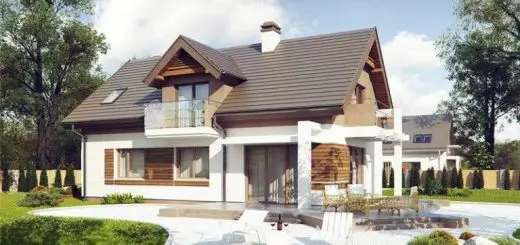Passive houses in Germany – energy and financial efficiency
Passive houses are those buildings with very low energy use. The term passive house has its origins in the fact that, thanks to its special construction, this building is less sensitive to changing weather conditions outside in terms of impact on the inside temperature. Specifically, regardless of the weather outside, the temperature inside remains largely unchanged. Below we present some projects of passive houses in Germany, the country where this concept was initially developed.
First, a passive house is a house well insulated. A standard passive house has perfectly insulated walls, double glazed windows and an integrated ventilation system that eliminates stale air from the building and it passes through a heat converter; it recovers part of the heat by transferring it to the flow of fresh air going into the house, specialists of the website Mobinstal.ro explain.
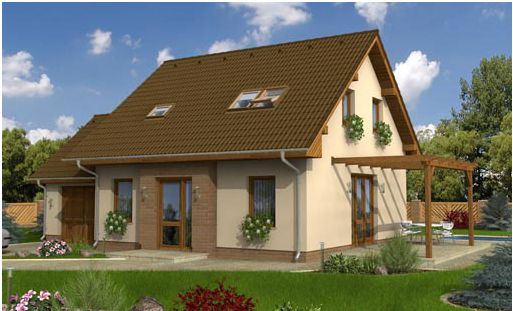
Passive houses in Germany – a 155 square meters project
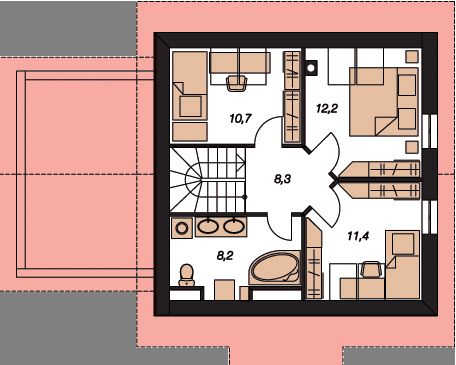
Passive houses are defined as those homes that provide a comfortable indoor climate in summer and winter, but without the need for a conventional heating source. Make this possible, the annual heating need should not exceed 15 kWh / (m² * year). For instance, the measured heat consumption of one of the first passive houses in Germany (in Wiesbaden, 1992) was less than 13 kWh / m2 / year.
This minimum need can be achieved by heating the air flow supplied by the ventilation air system – a system that is necessary in any case.
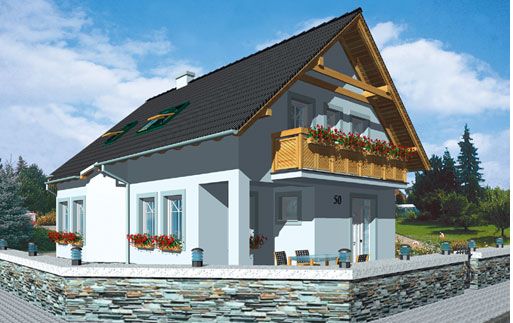
Passive houses in Germany – a 166 square meters house
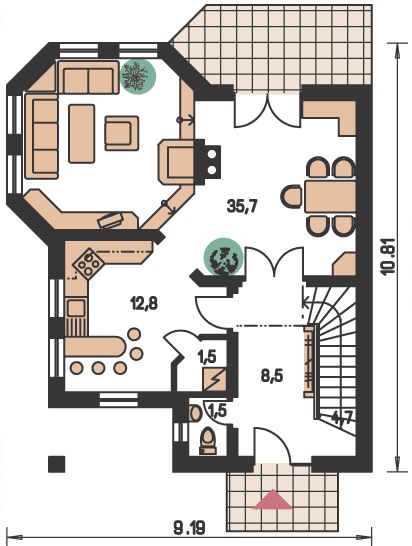
In a passive house, solar radiation energy captured from the outside, the thermal energy provided by internal sources (each person emits about 80 W in heat) and the energy that comes from the lighting and appliances keep the temperature inside the house at a comfortable level during the cold season.
To better understand this concept, you should know that the annual maintenance for a regular house can reach an average 450 euros. In case of a passive houses in Germany, these expenses do not exceed 100 per year. The figures, experts say, are available for homes heated by gas. In summer, costs are reduced because there is no need for the use the air conditioner.
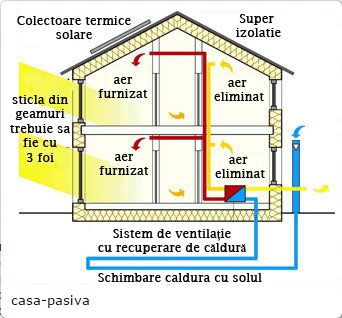
Passive houses in Germany – perfect insulation and the air flow
Thus, energy consumption in case of a passive house is 80% lower than in the case of a building made of bricks or wood, Mobinstal.ro further explains. It is a perfectly airtight house, with the thermal transfer almost zero, achieving the thermal balance and maintaining it it easily through lower energy consumption. In fact, this type of construction is a concept which consists of eliminating construction generated emissions, saving energy and cutting maintenance costs.
